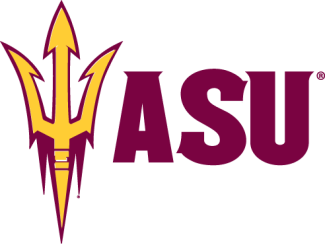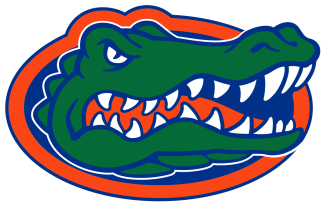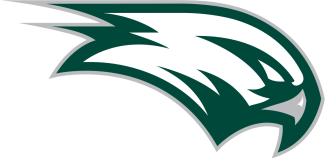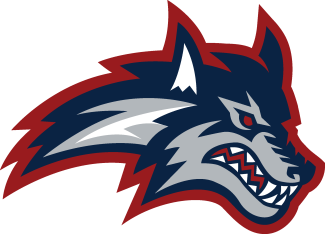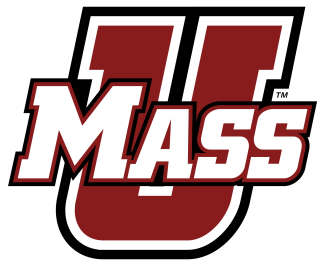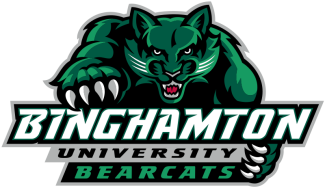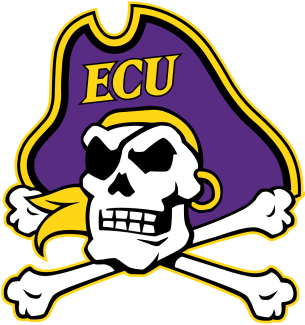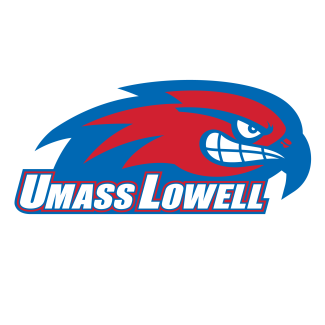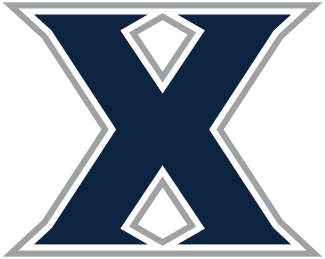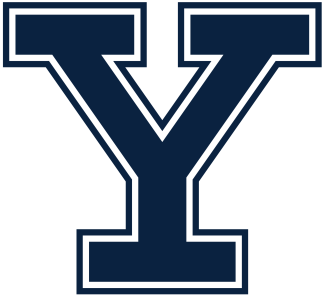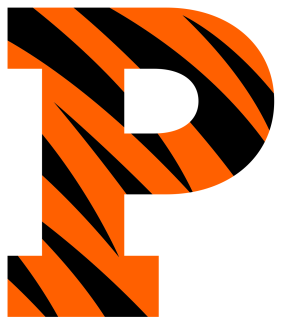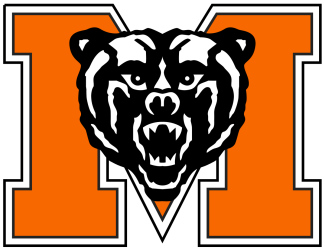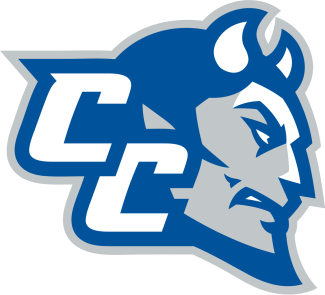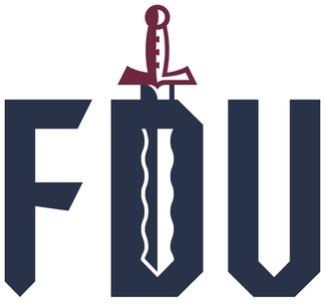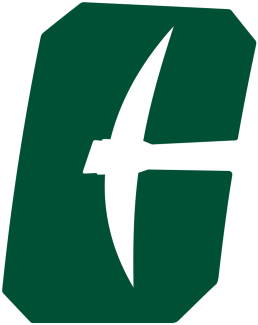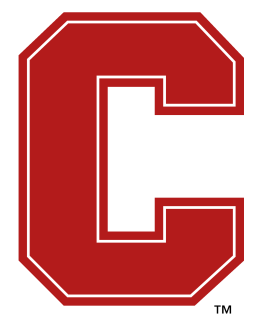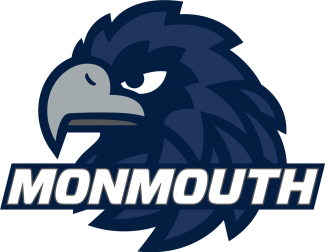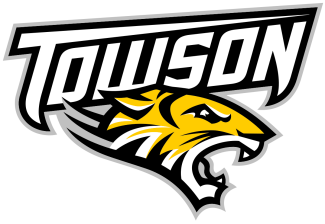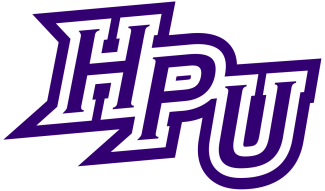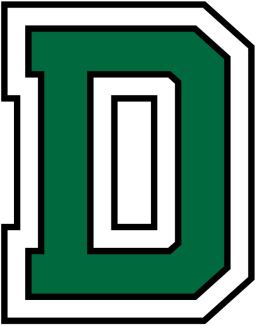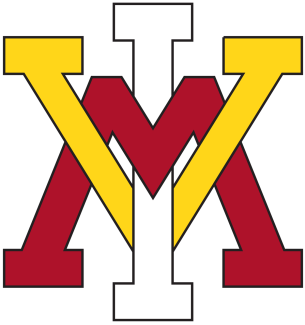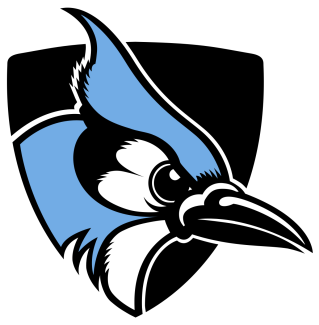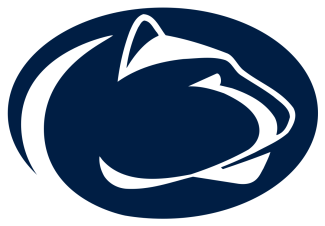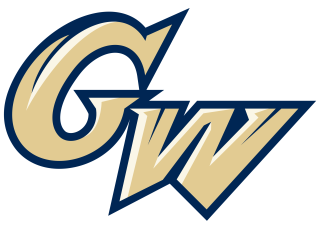Stretch Runners
The NCAA selection committee doesn’t use the secondary criteria unless the primary criteria aren’t useful enough. How teams play down the stretch could mean the difference between snagging one of the seven remaining spots to go to the NCAAs or go home.
The remaining Nike/US Lacrosse Top 20 teams are No. 13 Northwestern (Big Ten), No. 14 Boston College (ACC), No. 15 Virginia (ACC), No. 16 Towson (CAA), No. 17 Elon (CAA), No. 18 Denver (Big East), No. 19 James Madison (CAA), and No. 20 Louisville (ACC).
Which of those teams can secure an at-large bid? Then it’s a question of how many ACC teams are deserving this year, or if any teams outside the Top 20 can make a push for a bid.
No. 13 Northwestern
Northwestern has been ranked all season. Their SOS is No. 2, and their RPI is in the Top 20. They have done enough to get in, yet the biggest hurdle for the Wildcats will be keeping their overall record above the .500 qualification mark. They are 6-6 with five games remaining. Two of them are home games against Penn State and Maryland. They’ll also host Duke and play at Ohio State and Rutgers.
No. 18 Denver
Denver is 8-2 overall, boasts the No. 14 RPI, but only the No. 42 SOS. Denver’s best two wins are at Stanford and against Louisville in overtime and don’t have many more chances to impress. Denver only has Big East games remaining, and of them, only Vanderbilt has a winning record.
ACC Battle
The bottom five ACC teams all deserve consideration.
Last year, the committee selected seven of the eight ACC teams to go. Boston College helped itself with a big win over Virginia, which had been as hot as any ACC team. BC is 10-4 and has beaten UMass, Louisville, and Yale. The Eagles return Tewaaraton Watch List attacker Kenzie Kent after she finished her hockey season and figures to be more dangerous down the stretch. They will host Duke on Saturday, play at Dartmouth and finish hosting Notre Dame. Winning one of those games should be enough thanks to a Top 12 RPI and SOS.
Virginia bolstered its case with a five-game winning streak against the likes of Loyola, Notre Dame, James Madison, Duke, and Oregon. They have the No. 5 SOS and No. 15 RPI. But at 7-5 with a brutal schedule left, they will have to continue to win down the stretch to stay eligible for a berth. Virginia hosts Maryland today, plays at Penn State and finishes by hosting Navy, Louisville, and Virginia Tech.
Louisville has been in and out of the Top 20. Their top wins have come against Duke and Virginia Tech, and neither their RPI nor SOS is better than 25th. They have a killer stretch left with UNC, at UVA, and Syracuse that could help prove they belong in the NCAAs.

PHOTO COURTESY OF ELON ATHLETICS
Elon will battle conference rivals Towson and James Madison for the automatic bid to the NCAA tournament.
Colonial Times
The last AQ to be accounted for is the Colonial Athletic Conference, and it’s a three-team race between No. 16 Towson, No. 17 Elon, and No. 19 James Madison. The winner gets the AQ and the two others hope their resumes justify at-large bids.
James Madison might still be below Towson in the rankings, but JMU knocked off Towson, 9-5, Saturday in the CAA opener for both. This weekend looms large for CAA tournament seeding with Elon playing at JMU on Friday and at Towson on Sunday.
“There’s six games left, so it’s tough to think that far ahead,” said Elon coach Josh Hexter. “If we keep competing, I know Elon will be in good shape.”
Last year, the selection committee took two teams from the CAA. Could they possibly take three this year?
Towson is 7-4 and beat Notre Dame, Patriot favorite Loyola, and MPSF contender Oregon, and lost by one goal to Stony Brook and two goals to Penn State. Towson finishes with five CAA games followed by Johns Hopkins.
JMU is 7-5 with significant wins over Virginia Tech and Towson and only lost by two goals to North Carolina. They only have five CAA games left.
“JMU played some top teams really tight, same with Towson,” Hexter said. “Towson has proven they can beat a Top 10 team. All three teams can play with anybody.”
Elon is 8-3 after falling to Duke. All three losses came against ACC teams. It’s also beaten two ACC teams – Virginia and Virginia Tech.
“We had an off day against Duke,” Hexter said. “We left a lot of goals out there. Duke played well and they beat us. Even from that game, we’ve learned from it and we keep getting better. But we don’t think more than one practice ahead of time.”
The Phoenix have two good wins against ACC teams, plus a win over an NCAA qualifier last year in Winthrop. Elon still has games against Drexel, Delaware, Hofstra, and at William and Mary after the clash of titans this weekend with JMU and Towson.
“We have to make sure we come out firing and taking risks and having fun,” Hexter said. “We play well when we play like that and have fun. We have to be physically tough to go into both of those places and play well. If you’re soft, both of those teams are going to crush you.”
Stanford could be on the outside looking in with the rise of Colorado in the MPSF and will need key conference wins prior to the season's end.
Bubble Bursting
Those teams just outside of the Top 20 are looking for any opportunity to pounce. They need a team to slip down the stretch, and they obviously have to finish strong themselves.
Virginia Tech
Virginia Tech is having its best year to date at 11-4 even after an overtime loss to Louisville, a team it sits behind in RPI and SOS. It defeated BC and Duke, and will have the chance to prove itself down the stretch. It plays three tough road games – at Syracuse, at Notre Dame and at Virginia to close the ACC regular season. The Hokies lost to both Elon and JMU, which won’t bode well for a committee considering whether to add one more ACC team or a third CAA team.
Duke
Duke edged Elon, 10-9, last Wednesday for arguably their best win of the season, then missed a golden opportunity to build on it with their one-goal loss to Syracuse. The Blue Devils lost to two other bubble teams Virginia Tech and Louisville, and are hovering around the .500 mark with just four games left before the end of the regular season – at Boston College on Saturday, at Northwestern on April 15 and then hosting Presbyterian and North Carolina. Duke has a Top 21 RPI and SOS. If Duke finishes 8-8, it would have to win its first-round ACC tournament game to guarantee a .500 record, and the Blue Devils can’t be better than a No. 7 seed for that tournament.
“I don’t think there’s any hiding that Saturday is a really big game,” Kimel said. “It’s a big game for BC too. Every ACC game is a huge game. They have our attention this week, and they don’t have a mid-week game either, so we have their attention.”
Stanford
Stanford is 7-3, but to return to the NCAA tournament, they need some big wins in the MPSF. They play at Colorado on Friday and will host Oregon and USC later. The Cardinal aren’t in the Top 40 in RPI or SOS.
Johns Hopkins
Johns Hopkins is 8-4 and in the Top 20 in both RPI and SOS, but they are hurting for quality wins. Their best win came against Loyola. They lost in overtime to Northwestern last week, and still have three Big Ten games remaining, but it’s not those games that will help them get considered. They need to win non-conference games against Stony Brook and at Towson to get in the NCAA picture.
Albany
Albany too is Top 20 in RPI and SOS, but doesn’t have a marquee win and has only Cornell as a highly regarded opponent left among its remaining games.
Yale
Yale is a dark horse. They played Albany tough in the beginning of the season and knocked off Stanford on Saturday. They could make some more noise if they knock off Princeton or Penn and get in the Ivy tournament.
Like many teams on the bubble, winning their conference tournament to get the AQ is still the best way to ensure a berth in the NCAAs and take the decision out of the committee’s, and every team mentioned above has that opportunity regardless of their rankings, RPI or SOS.
